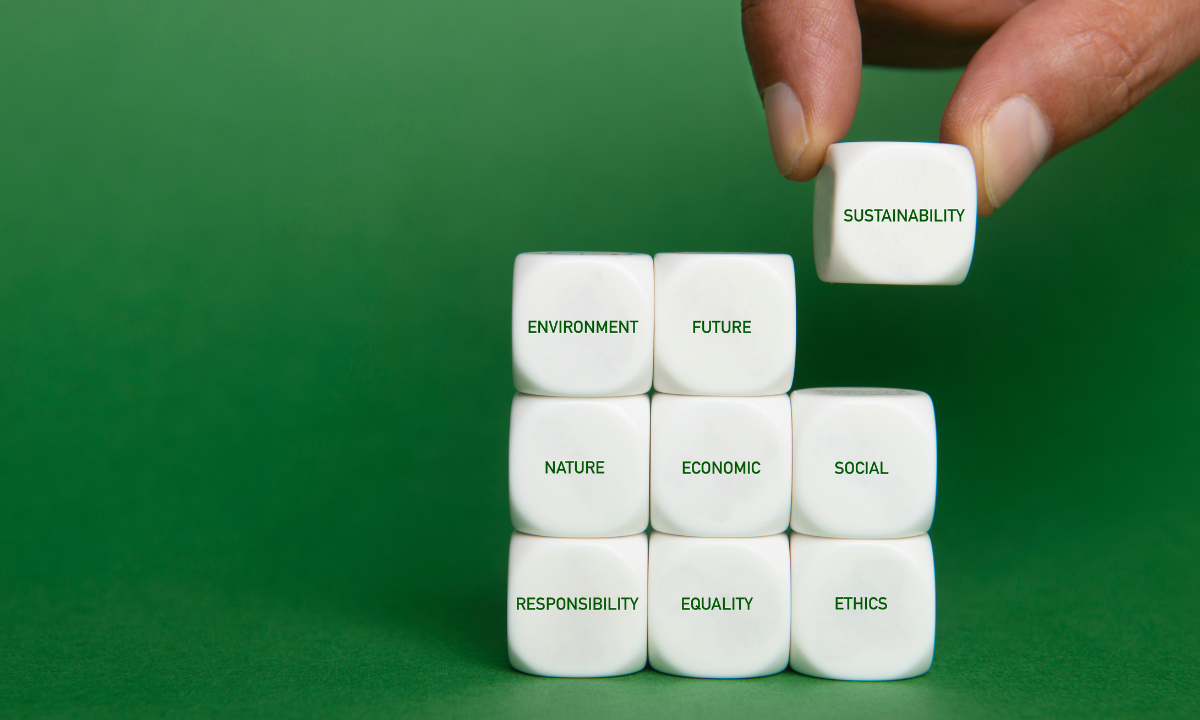Written by Vincent Price
With the most rigorous environmental policies in the country, it is hard to match California’s posturing as a supposed “green” state. Oppressive laws and regulations have been forced by elected officials and bureaucrats, attempting to outdo each other to show who cares most about the environment. How much of this is just political acting? How much of these policies actually harm the environment instead of help?
Pursuing effective environmental policies requires a clear and critical analysis that goes beyond surface-level conclusions.
The first example on the list is California’s High-Speed Rail Project. The project was justified almost entirely on environmental grounds, in which most turned out to be false. The project was promoted as a carbon-free rail project that could travel from L.A. to San Francisco in two hours and would have replaced thousands of cars on roads, all of which were false. This project sounded fantastic, but sober international transportation experts doubt the project will be completed. The project is already massively over-budget.
Second, on the list, California does not include hydroelectric power as a “green” energy source. This is strange because it discourages additional projects that are reliable sources of carbon-free energy.
Third, in California, it is taken as truth that urban transit is better for the environment than an automobile. However, Robert Poole of the Reason Foundation, an expert in all matters involving surface transportation, says, “But what I want to question is the premise that shifting huge sums to mass transit and passenger rail would make America greener. There’s growing evidence that it would not. For example, cars are presumed to be more polluting (both conventional emissions and CO2) than mass transit—but that is no longer so.”
Photo Cred: Irfan Khan / Los Angeles Times




